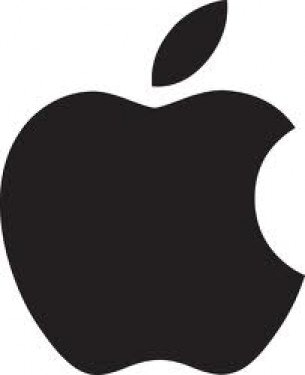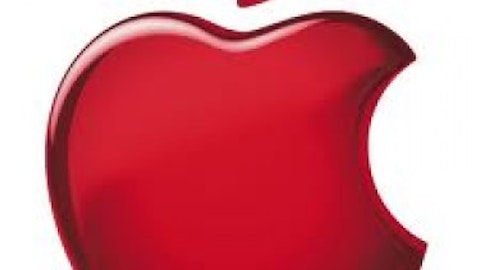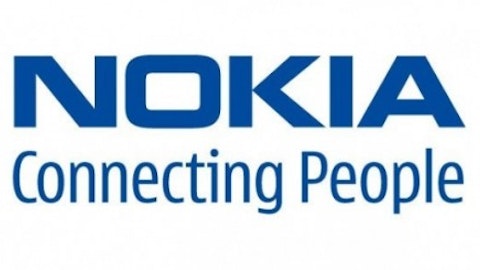As Apple Inc. (NASDAQ:AAPL) faces higher levels of competition, the company’s need for newer avenues of growth are crucial. Apple Inc. (NASDAQ:AAPL) hasn’t unveiled a new game-changing product, but did lay out a new OS and newer revenue outlets from the services side. The slower demand for its iPhone line along with a lack of visibility in the product pipeline has kept investors on the side-lines. And the company should seek out inorganic revenue growth using M&A.
Apple should acquire a content distributor
It is widely expected that Apple will come out with a solid product in the last quarter of 2013, or early 2014. However, in the meantime, Apple Inc. (NASDAQ:AAPL)’s stock is getting hammered in spite of announcing record share repurchases along with an increase in the cash dividend. Apple’s cash position in the last quarter stood at more than $144.6 billion, and then the company went out and issued $17 billion in debt capital markets for its massive capital allocation program. Apple’s cash hoard in the next quarter is almost certainly likely to exceed $160 billion post debt issuance, even after factoring in dividend payments and sizable share repurchases.
With a ballooning cash position along with solid momentum in the services business, Apple Inc. (NASDAQ:AAPL) should go out and acquire a content streaming distributor: video and/or audio. This will aid in calming down the nerve of investors and simultaneously ramp the monetization of its iTunes and services business which boasts of a run-rate in excess of $16 billion.
1. Pandora Media
The increasingly popular Pandora Media Inc (NYSE:P) has great characteristics that make it a very viable candidate for a buyout. The company is seeing large increases in user traffic and listener hours, and the company’s bottom line continues to be in the red. And with Pandora’s market cap close to all-time highs and close to $3.2 billion, the company’s management might be tempted to sell if a lucrative offer comes along.
The Internet radio leader has more than 200 million registered users on its platform. And Pandora has been growing across the board, with more than 70.1 million active users which is a Y/Y growth of 35%. Pandora Media Inc (NYSE:P)’s top-line revenues grew 55% on a Y/Y basis to $125.5 million the in the last quarter as well. Pandora now has largest music streaming subscriber base in the U.S. And it has in excess of 2.5 million users for the Pandora One paid service. And users are tuning in on mobile and on other devices, the company’s total listener hours grew 35% Y/Y to 4.18 billion in the last quarter. The company’s net losses for the last quarter stood at $28.5 million and haven’t seen dramatic improvements for a while now.
Apple Inc. (NASDAQ:AAPL) launched its own music streaming service, iTunes Radio, and the competition between the two is expected to increase. But if Apple is willing to open its wallet, the companies can realize a lot of synergies from their respective services. Apple has more than 575 million registered users on iTunes and Pandora Media Inc (NYSE:P) has more than 200 million.
Pandora is trading at a price/sales ratio of 6.6 and EV/sales of roughly 5.4. Pandora’s revenue per active user at the end of last quarter stood at $6.73. And Apple Inc. (NASDAQ:AAPL) can make a lucrative offer from those valuation statistics by offering a sizable premium of 30% to Pandora to make it a part of Apple. In addition, a joint entity would have much higher bargaining leverage with music studios and other artists, which will provide incremental benefits for the both the companies.
2. Hulu
Rapidly growing online video platform Hulu is gaining across all of its business metrics. The company now has more than 70,000 titles in its content library, and is rapidly adding more original content and exclusive shows for its users. Hulu is owned by three media giants, including The Walt Disney Company (NYSE:DIS), Comcast and News Corp (NASDAQ:NWSA). Hulu has an edge in signing relatively more lucrative content licenses due to the position of its parent companies.






